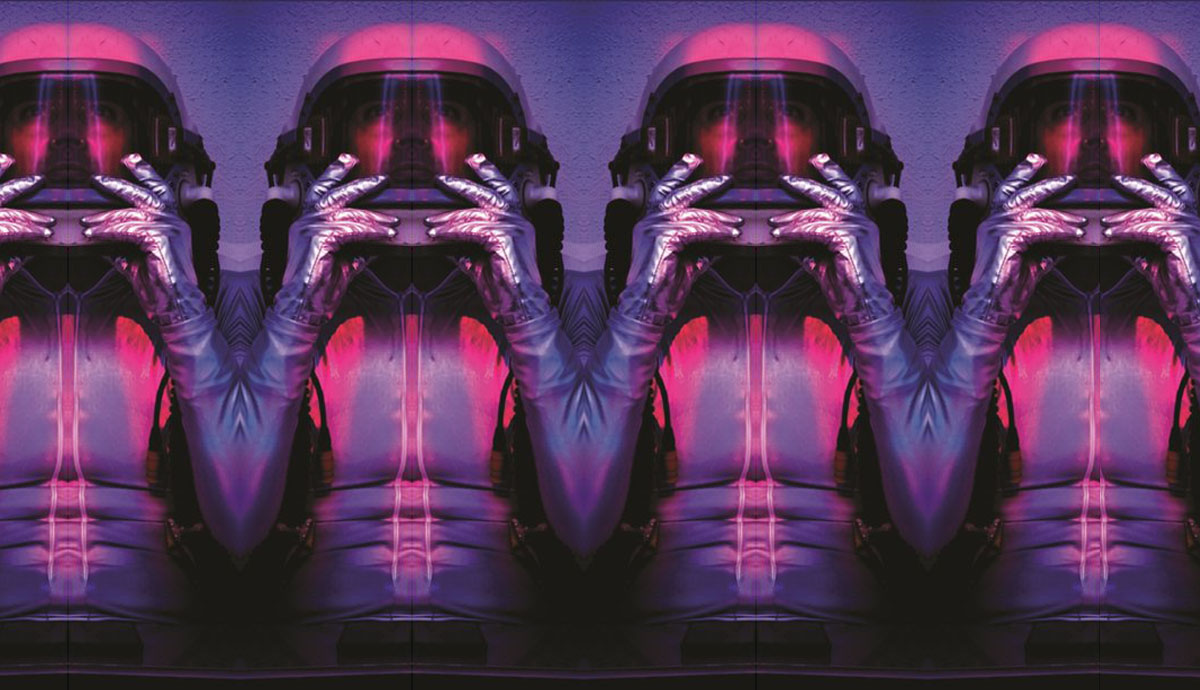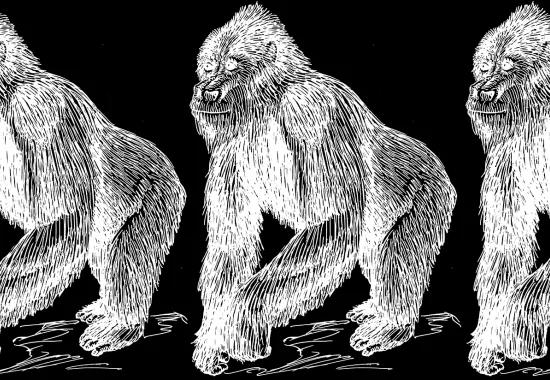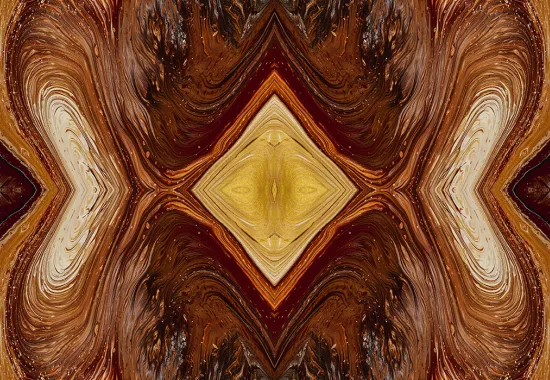What We See When We Look Inside: A Review of "The Great Indoorsman" by Andrew Farkas
One of the attributes I most admire about author Andrew Farkas is his humor. While asking large questions about life, he makes everything genuinely funny and it reminds the reader that this is a skill that so few possess. Even with somewhat nihilistic messages in several of these essays, where everything seems futile or incomprehensible, this entire collection is hilarious. An even greater feat that Farkas manages to accomplish is maintaining this humor while not alienating his readers with his intelligence. He is unpretentious, with a conversational tone that reads like talking to a friend, if that friend happened to be a really great storyteller. It is smart and littered with pop culture references that range from SciFi and horror to continental philosophy and ancient epic poetry.
 Indeed, the eponymous essay juxtaposes the narrator’s journey with that of Homer’s Iliad, or as an anti-Odyssey. He is the central character in “The Indoorsiad,” the exact opposite of an epic where the action occurs out of doors, with its disorder and obstacles. This first essay sets the tone for the rest of the collection as a book that examines interiority through the metaphor of different (indoor) places: a waiting room, a video store, a stockroom, a pool hall, a comic bookstore, a coffeehouse, and, of course, the home. This first essay sets up the dichotomy between the outdoors and its reputation for ‘fun’ with the ‘boring’ indoors. When Farkas questions this, we understand that we see the outdoors as fun exactly because of the struggles we face there. The difficulties associated with survival are exactly what makes it interesting. However, Farkas argues that the interior spaces are equally interesting, even if our quests there might be more quiet and less physical. These essays make it clear that the indoors, though seemingly innocuous, are no less dangerous spaces to be.
Indeed, the eponymous essay juxtaposes the narrator’s journey with that of Homer’s Iliad, or as an anti-Odyssey. He is the central character in “The Indoorsiad,” the exact opposite of an epic where the action occurs out of doors, with its disorder and obstacles. This first essay sets the tone for the rest of the collection as a book that examines interiority through the metaphor of different (indoor) places: a waiting room, a video store, a stockroom, a pool hall, a comic bookstore, a coffeehouse, and, of course, the home. This first essay sets up the dichotomy between the outdoors and its reputation for ‘fun’ with the ‘boring’ indoors. When Farkas questions this, we understand that we see the outdoors as fun exactly because of the struggles we face there. The difficulties associated with survival are exactly what makes it interesting. However, Farkas argues that the interior spaces are equally interesting, even if our quests there might be more quiet and less physical. These essays make it clear that the indoors, though seemingly innocuous, are no less dangerous spaces to be.
The dangers inside, though, are largely of our own making. The most obvious metaphor is that the indoors are constructed spaces just as our identities are. The indoors are something man made to separate himself from nature, from others, to separate himself. Large portions of this text examines how we fill these spaces and how these things come to, in turn, occupy our lives. Farkas does an amazing job considering different spaces and how each place uniquely mirrors different elements of how we construct Self. His body of work is famous for its lists, which in this collection act as more than humorous asides. These lists of things emphasize the minutiae we’re surrounded by, the stuff we’ve chosen to make up our life.
The purchasing, curating, collecting of the stuff inside these spaces seems like an opportunity for control, for man to make his world in his own image rather than what the world inherently gives us. This holds true as we zoom out to look at an entire building or, even further, at a city of buildings. At one point, Farkas situates the narrator in the Signature Lounge on the 96th floor of the John Hancock Center. He looks out at the beautiful view and experiences the idealized outside from the inside. Man has made his tower, his perch from the heavens, and experiences specific parts of the natural world at his own discretion. When considering New York and the grid of its streets, Farkas says “Man is in command there” opposed to “untidy, uncontrolled, anarchic, inefficient” nature. To him, “the outside exists… [in] vast liminal spaces defined by what they aren’t, rather than what they are, including the liminal space between existent and non-existent.” In other words, the outside and nature exists as the Other to what man has made.
In keeping with the idea of control, we see the indoors as a place of ritual, as demonstrated by a casual conversation in a dive bar, where Farkas writes “[w]hen the conversation lists toward the topic of weather, we stop actually conversing and engage in ancient, elaborate, and ritualized laments which ultimately remind us that our place in nature is not to be happy, that no matter where we are, something will always be wrong.” Just as in the Hancock building, we see the inside as sanctuary but one where we practice our miseries and fears alongside our dreams and sovereignty. The narrator has people pushing him outside, insisting on “getting away (as if there were anything to escape)” and realizes that they are trying to extricate him from his own narrative he’s made for his life. To separate him from his construct. What he has made with these buildings and rooms and interior rituals is how he understands his life.
The deep existential questions that you will walk away with as a result of reading this collection are made palatable thanks to Farkas’s comedy. If you are looking for something smart without being cumbersome, something funny but still reflective, this is the book for you.
The existential horror comes in when these constructed spaces negate our control. In “Wait Here?”, Farkas considers the waiting room and asks the reader why this space is so hated. He asks us “[d]oes it bother you that somehow a number of your experiences have taken place in an unidentifiable void?” It is a place both ubiquitous yet somehow inconsequential, a place designated to the passing of time. During grad school, I worked full-time in a doctor’s office and my seat looked out across a waiting room. I try to imagine it now and I couldn’t tell you much about what it looked like outside where the window was and how the chairs were arranged along the walls. What the chairs looked like or what artwork hung on the walls, I couldn’t tell you and I looked out across that room for hundreds of hours of my life. This place, the unremarkable stuff it holds, becomes a metaphor for life. When we really examine these places, a paranoia seeps in. It feels futile and sad, even though there is still some small hope that you might win out against time, that you might move past waiting, past ‘getting to the next step’, and just be.
The most intriguing aspect of this collection is that it exposes the permeability of reality. In “A Front or Affront,” the reader experiences a horror story ostensibly about an old bookstore that seems to be a front for something much more nefarious. Farkas invokes Kant’s sublime, where the experience of this place “arouses enjoyment but with horror.” The front itself is a simulacrum where the “division between the real and the fantastic” dissolves as what it says it is vanishes under observation. The narrator’s father is “angry that such a place could exist and go on existing”—a place that he can never really know, one that exists outside of something definite. The narrator supposes that his father “was unable to keep himself from remembering all the places he’d ever loved and how they’d been devoured by time, while this hellhole somehow persisted, a blight on reality.” Perhaps the father was angered that this place proves the fallibility of a singular ‘reality’. As it poses as one place, it is really another. It makes identity vanish. Farkas intentionally labels this space as a grotesque, a literary term often used in tragicomedies. Hatred and anger derive from fear. The fear here is the fact that how we understand the world could be (is?) a construct. He’s afraid that we might never really know anything.
The deep existential questions that you will walk away with as a result of reading this collection are made palatable thanks to Farkas’s comedy. If you are looking for something smart without being cumbersome, something funny but still reflective, this is the book for you. Particular gems in this collection include: “The Great Indoorsman”, “Wait Here?”, “A Front or Affront”, and “Everything You Were Looking For”. It’s not uncommon to see books about “[h]ow it’s difficult to be a man in this shitty world” but few could so astutely execute the poignance and sublimity of what it is to be “a bowed and broken subject of the modern world.” Grab your copy and escape to a truly interior place where all walls fade away.
Recommended
Schizophrenic Sedona
Recense (realized)
Notes on Hands






